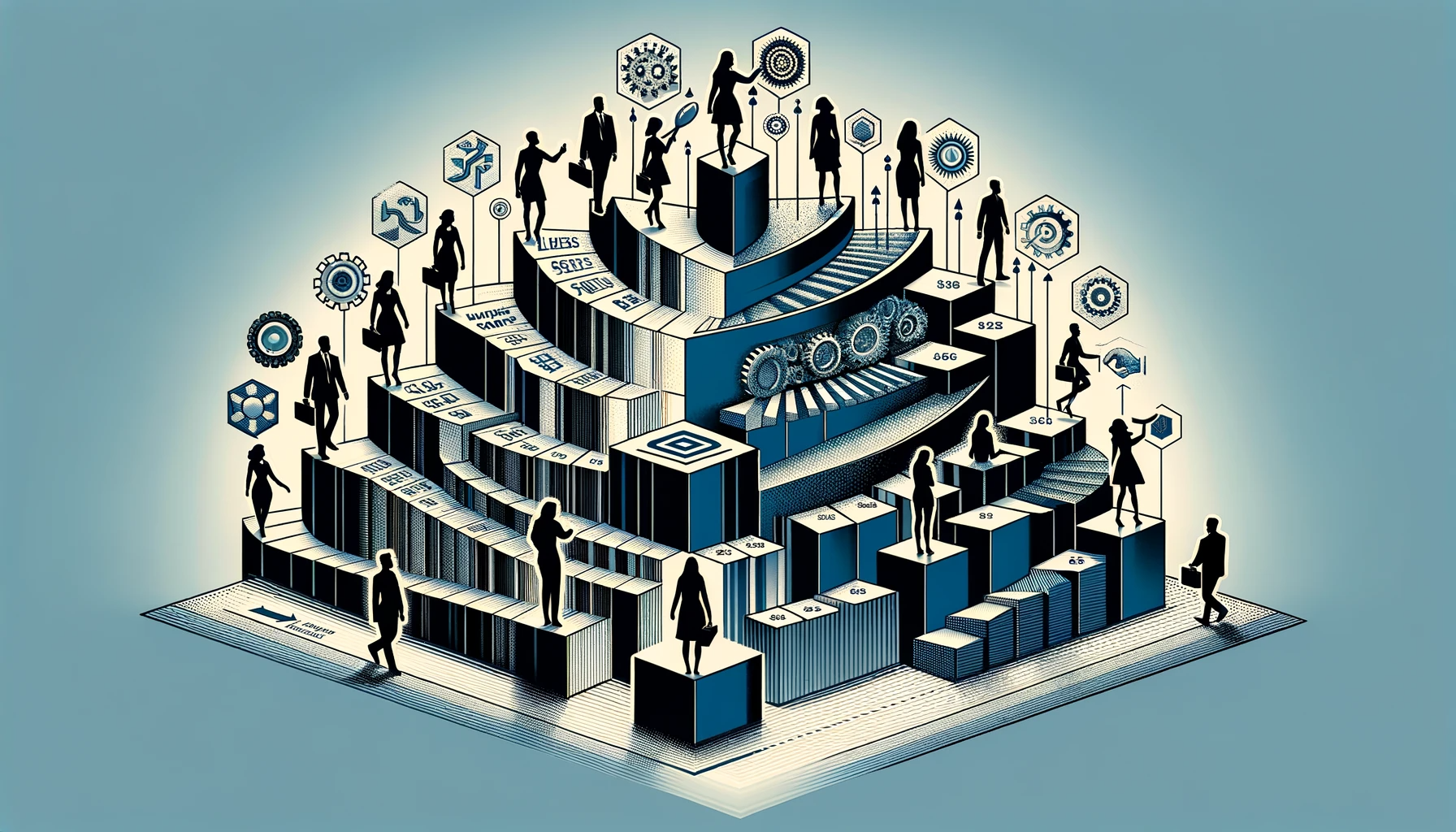Introducing the Six Transformative Challenges of the EIC Accelerator 2024
The European Innovation Council (EIC) Accelerator stands at the forefront of technological and scientific advancement, driving innovation across various sectors. In its latest endeavor, the EIC has unveiled six challenges, each targeting critical areas of development and research. These challenges are not just aimed at pushing the boundaries of technology but also at addressing some of the most pressing issues facing our society today. 1. Human Centric Generative AI Made in Europe This challenge focuses on the development of generative AI technologies with a human-centric approach. It emphasizes the ethical, legal, and societal aspects of AI, ensuring that these groundbreaking technologies are developed with a focus on human rights, democracy, and ethical principles. This initiative aligns with the European Union’s commitment to digital innovation that respects fundamental human values. 2. Enabling Virtual Worlds and Augmented Interaction for Industry 5.0 Targeting the realm of Industry 5.0, this challenge aims to advance virtual and augmented reality technologies. These technologies are set to revolutionize industrial applications by enhancing user experience and interaction, thus contributing significantly to the progression towards a more connected and technologically advanced industrial era. 3. Enabling the Smart Edge and Quantum Technology Components Focusing on the cutting edge of computing and communication systems, this challenge revolves around developing technologies related to smart edge computing and quantum components. It acknowledges the growing importance of quantum technology and edge computing in shaping the future of data processing and communication. 4. Food from Precision Fermentation and Algae This challenge addresses innovative approaches to sustainable food production, focusing on precision fermentation techniques and the use of algae. It aims to revolutionize the food industry by exploring more sustainable, efficient, and environmentally friendly methods of food production, thereby contributing to global food security. 5. Monoclonal Antibody-Based Therapeutics for New Variants of Emerging Viruses In response to the evolving nature of viral diseases, this challenge is geared towards developing monoclonal antibody-based treatments for emerging viruses, with a particular focus on new and varying strains. This initiative is crucial in the fight against pandemics and emerging viral threats, highlighting the need for agile and adaptive medical solutions. 6. Renewable Energy Sources and Their Whole Value Chain This challenge encompasses the entire value chain of renewable energy sources, from material development to the recycling of components. It emphasizes the need for sustainable energy solutions that consider every aspect of the renewable energy lifecycle, reinforcing the EU’s commitment to environmental sustainability and green technology. In conclusion, the EIC Accelerator’s six challenges represent a diverse and ambitious set of goals aimed at driving innovation and addressing key global challenges. From AI and virtual reality to sustainable food production and renewable energy, these challenges reflect the EIC’s commitment to shaping a future that is technologically advanced, sustainable, and human-centric. 1. Human-Centric Generative AI in Europe: Balancing Innovation with Ethics and Society The advent of artificial intelligence (AI) has opened up a world of possibilities, transforming the way we live, work, and interact. However, the rapid development and deployment of AI technologies, particularly generative AI, have raised significant ethical, legal, and societal concerns. Europe, with its focus on human-centric AI, is at the forefront of addressing these challenges, striving to ensure that AI development is aligned with ethical principles and societal values. The European Approach to Human-Centric AI Europe’s approach to AI is deeply rooted in its commitment to human rights, democracy, and the rule of law. The European Union (EU) emphasizes the importance of developing AI that is trustworthy, ethical, and respects fundamental rights. This focus is evident in various initiatives and strategies, such as the Digital Europe Programme, which aims to enhance the strategic digital capabilities of the EU and promote the deployment of digital technologies, including AI. Key European strategies on AI and digital transformation include integrating education to provide citizens with the skills to understand AI’s capabilities and implementing methodologies to manage workforce transitions. These strategies support fundamental and purpose-driven research, creating a strong and appealing environment that attracts and retains talent in Europe. The EU’s commitment to ethical AI is also evident in the establishment of various AI research networks, such as CLAIRE, TAILOR, Humane-AI Net, AI4Media, and ELISE, which aim to boost the human-centric approach to AI in Europe. The European Commission has also launched initiatives like the European Research Council and AI Watch to promote and monitor the development of trustworthy AI solutions. The Role of Generative AI in Europe Generative AI, which includes technologies like large language models and image generation tools, is rapidly gaining traction in Europe. This technology has the potential to revolutionize industries by personalizing consumer engagement, improving customer experiences, and creating new products and services. However, it also poses challenges, such as the potential for misuse of personal data and the creation of harmful content. To address these challenges, European companies and researchers are encouraged to establish guardrails to protect consumer privacy and ensure that the content generated by AI is safe and respectful. This approach aligns with Europe’s strong emphasis on privacy and data protection, as enshrined in the General Data Protection Regulation (GDPR). Ethical and Societal Considerations Europe’s focus on human-centric AI extends to the ethical and societal implications of AI development. The EU has established various platforms and think tanks, such as PACE (Participactive And Constructive Ethics) in the Netherlands, to foster ethical AI applications. These platforms bring together companies, governmental authorities, centers of expertise, and civil society organizations to accelerate the development of human-centric AI. The EU Ethics Guidelines for AI outline critical concerns and red lines in AI development, emphasizing the importance of putting human interests at the center of AI innovation. These guidelines address issues such as citizen scoring and the development of autonomous weapons, advocating for strong policy and regulatory frameworks to manage these critical concerns. The Future of AI in Europe Europe’s commitment to ethical, legal, and societal aspects of AI positions it as a potential global leader in the field. By focusing on human-centric AI, Europe can create … Read more



